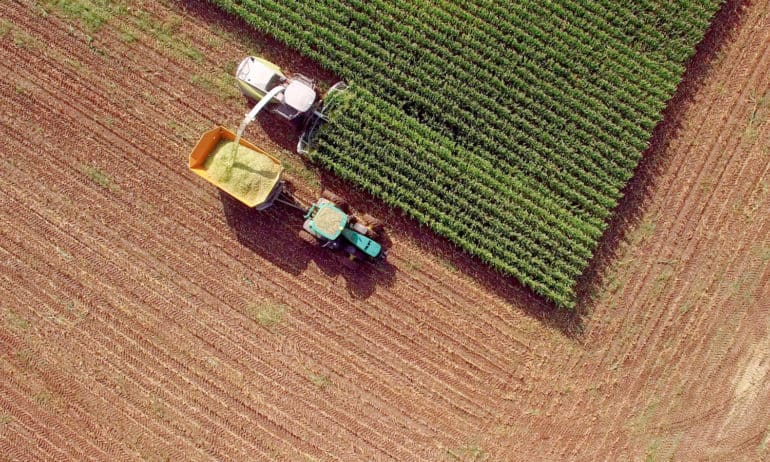 |
| Climate |
The U.N. Food and Agriculture Organization (FAO) recently unveiled a new set of guidelines
to support developing countries balance the needs of increased food
production and climate change adaptation. The guidelines aim to support
governments in making sure that the agriculture sector is both included
in national climate change adaptation plans and made more resilient and
sustainable.
As a part of the Integrating Agriculture in National Adaptation Plans
program, the guidelines support the mainstreaming of climate change
adaptation into agricultural policies, plans, and programs in several
countries throughout Africa, Asia, and Latin America. The guidelines aim
to help each country’s governments assess climate change impacts on
their unique agricultural systems, identify adaptation options, and
support farmers—especially women—in adopting best practices in climate
change adaptation.
“Medium to long-term adaptation planning is crucial to build climate resilience and food security for future generations,” said Julia Wolf,
FAO Natural Resources Officer and co-author of the guidelines. “The
agriculture sectors, often the economic backbone of developing
countries, need to be a key driver and stakeholder. The guidelines are
set out to address the key issues, entry points and steps to take.”
Total emissions from agriculture, forestry, and fishing sectors have doubled over the last 50 years, making it a target for mitigation efforts declared at the Paris Climate Change Conference in December 2015. FAO’s work on climate change
highlights the need for “a paradigm shift towards agriculture and food
systems that are more resilient, more productive, and more sustainable,”
to mitigate and adapt to climate change and ensure future food security
for a growing global population.
The guidelines are designed for multiple actors involved in
climate and agriculture planning, including national planners, climate
experts, local community members, and agriculture, forestry, and fishery
authorities.









No comments:
Post a Comment